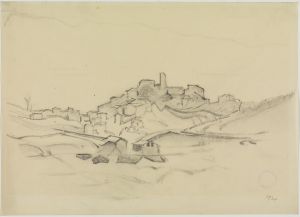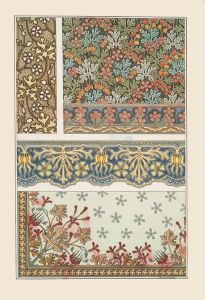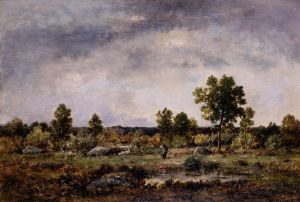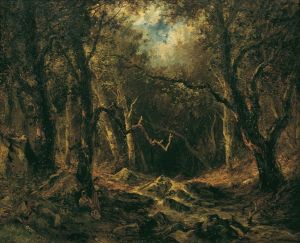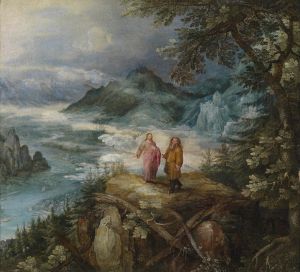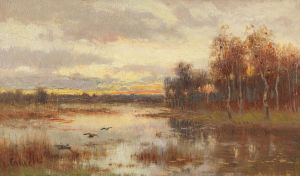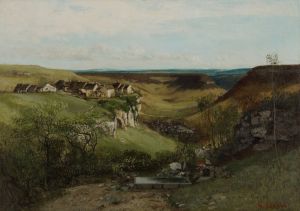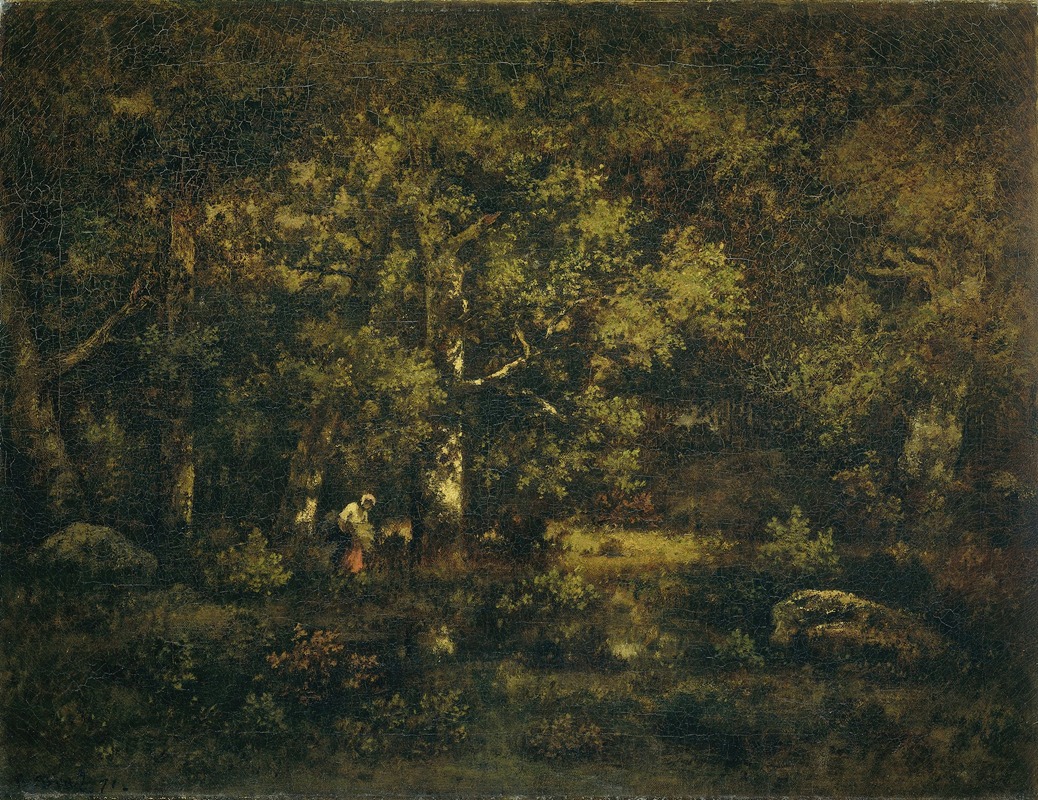
The Forest of Fontainebleau
A hand-painted replica of Narcisse-Virgile Diaz de La Peña’s masterpiece The Forest of Fontainebleau, meticulously crafted by professional artists to capture the true essence of the original. Each piece is created with museum-quality canvas and rare mineral pigments, carefully painted by experienced artists with delicate brushstrokes and rich, layered colors to perfectly recreate the texture of the original artwork. Unlike machine-printed reproductions, this hand-painted version brings the painting to life, infused with the artist’s emotions and skill in every stroke. Whether for personal collection or home decoration, it instantly elevates the artistic atmosphere of any space.
Narcisse-Virgile Diaz de la Peña was a prominent French painter of the 19th century, associated with the Barbizon School, a group of artists who focused on naturalistic landscape painting. One of his notable works, The Forest of Fontainebleau, exemplifies his mastery in capturing the beauty and atmosphere of the natural world.
The painting depicts a scene from the Forest of Fontainebleau, a vast and historically significant woodland located southeast of Paris. This forest was a popular subject for many Barbizon painters, including Diaz de la Peña, Jean-Baptiste-Camille Corot, and Théodore Rousseau. These artists were drawn to the forest for its diverse landscapes, which included rocky outcrops, dense foliage, and open clearings, offering endless inspiration for their plein air studies and finished works.
In The Forest of Fontainebleau, Diaz de la Peña demonstrates his characteristic use of rich, vibrant colors and dramatic contrasts of light and shadow. His technique often involved a loose, almost impressionistic brushwork, which brought a sense of immediacy and vitality to his landscapes. The painting captures the interplay of sunlight filtering through the trees, illuminating patches of the forest floor and creating a dynamic, almost magical atmosphere. Diaz's ability to evoke mood and emotion through his depiction of nature was one of the hallmarks of his style.
Diaz de la Peña's work in the Forest of Fontainebleau reflects the broader goals of the Barbizon School, which sought to move away from the formal, idealized landscapes of academic painting and instead embrace the raw, unfiltered beauty of the natural world. This approach laid the groundwork for later movements, such as Impressionism, which further explored the effects of light and color in outdoor settings.
While Diaz de la Peña is perhaps less well-known today than some of his contemporaries, his contributions to 19th-century landscape painting remain significant. His works, including The Forest of Fontainebleau, are celebrated for their ability to transport viewers into the heart of nature, capturing its tranquility and grandeur with remarkable skill.
The exact date of creation for The Forest of Fontainebleau is not specified, but it is consistent with Diaz de la Peña's active period as a Barbizon painter, which spanned the mid-19th century. Today, his paintings can be found in major art museums and collections around the world, where they continue to be appreciated for their beauty and historical importance.





